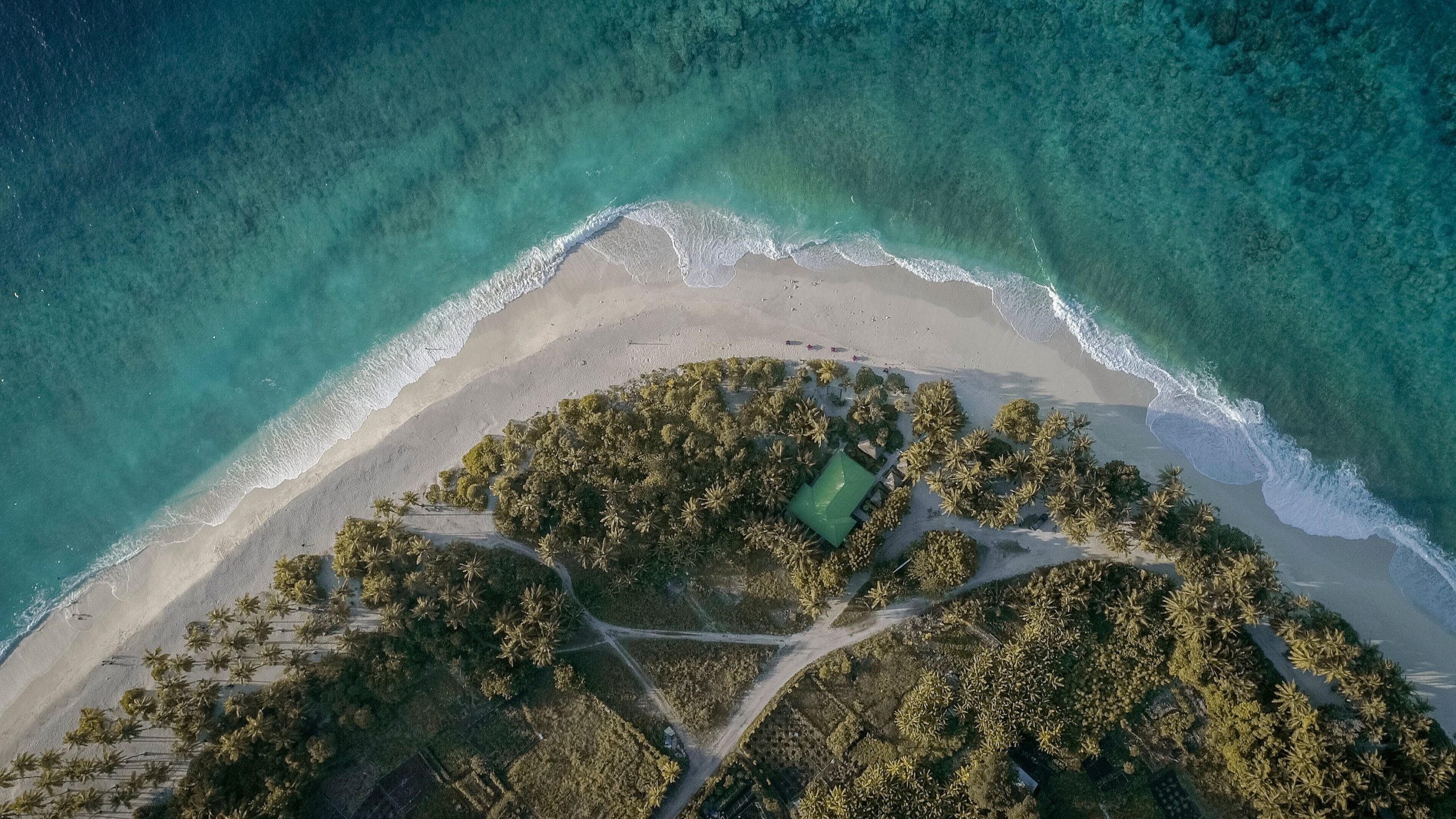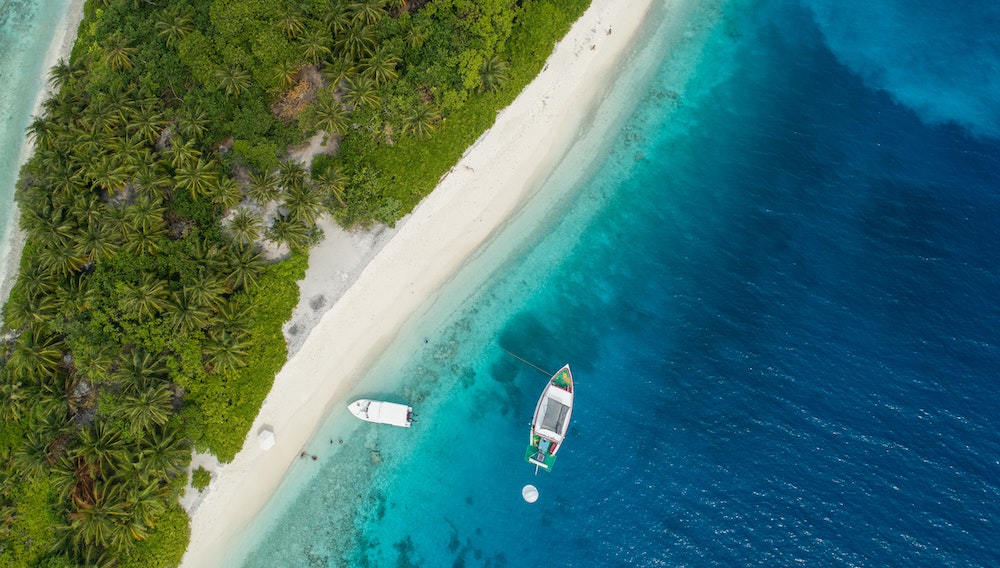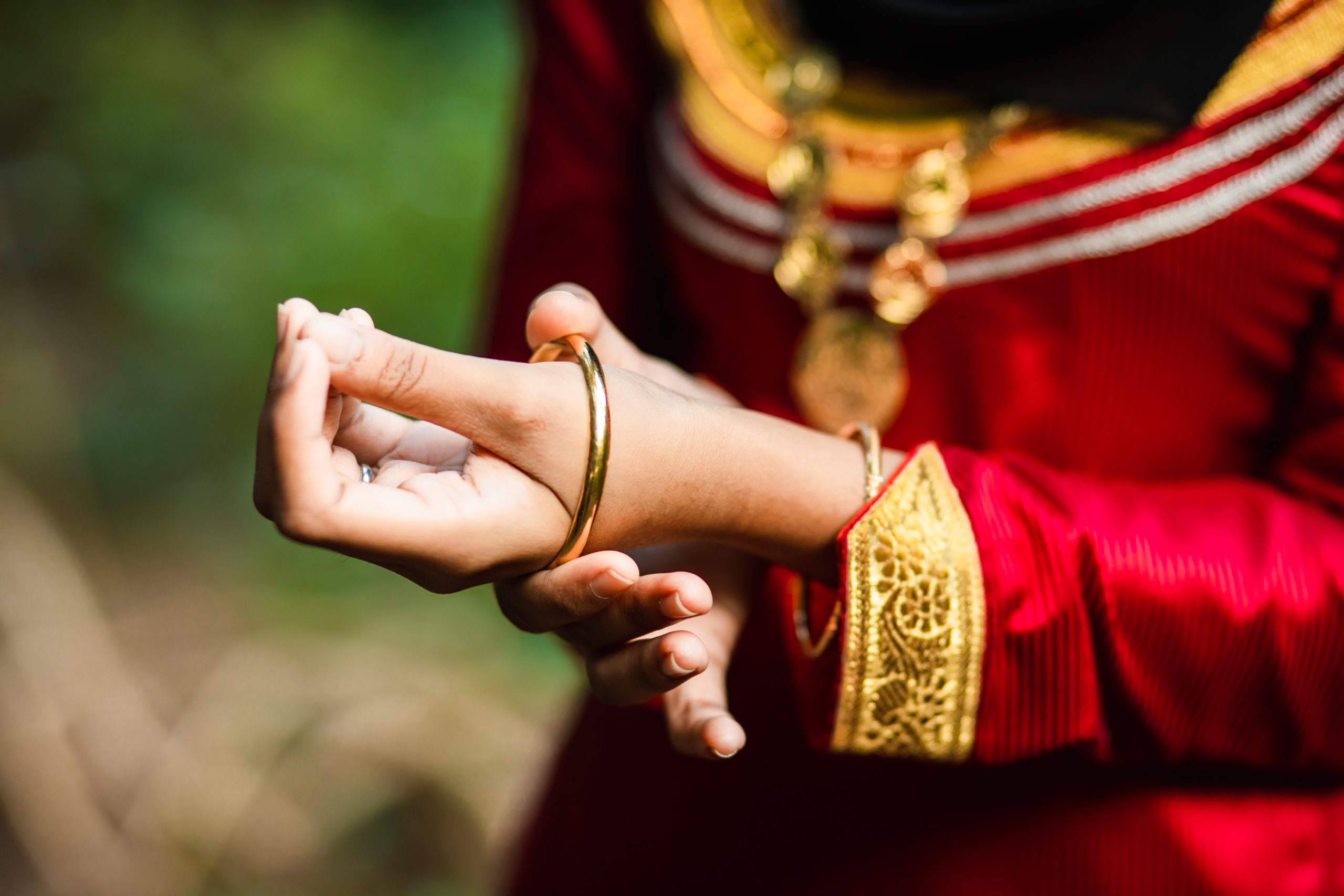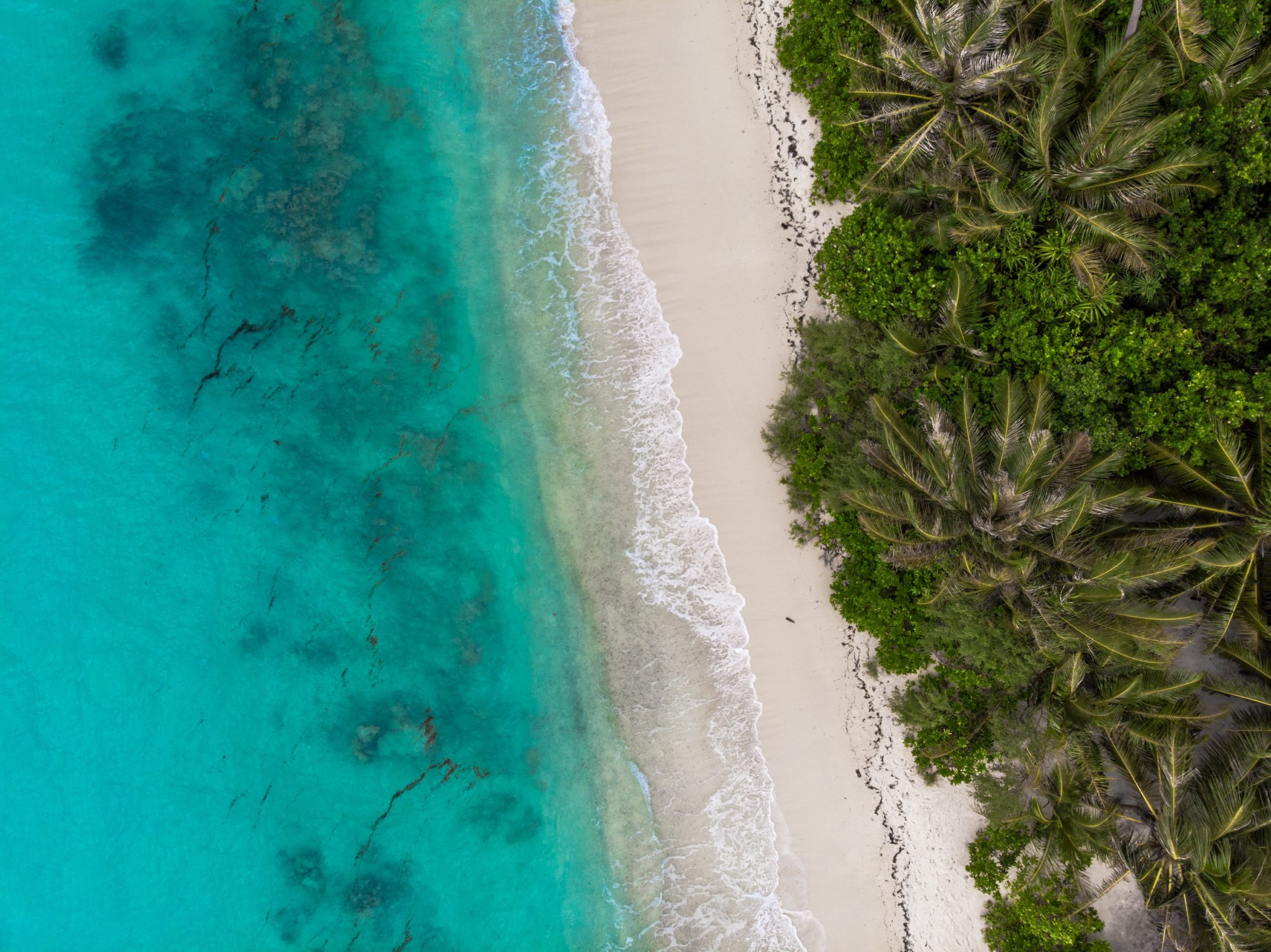Ancient Seafarers
With the bulk of the Maldives’ territory being water, to think of us a seafaring people doesn’t seem a great leap of the imagination. That we have a common language, eat similar food, and except for the southernmost atolls, have bodu-beru as a cultural activity hint that we must have maintained bonds in the past, likely through extensive travelling across the considerable length of this archipelago.
Local architect and researcher Mauroof Jameel said the Dhivehi civilisation all the hallmarks of a maritime one – in addition to the strong boatbuilding traditions, the country’s songs, food, the literary forms of raivaru and bandhi bear testament to this.
There is also evidence in historical records outside the Maldives that suggest the prowess of Dhivehin on the sea. The roman soldier and student of history Ammianus Marcellinus mentions that a delegation of Divin (Maldivians) visited Rome bearing gifts for Emperor Julian in 362 AD. This is the earliest mention and documentational evidence of Dhivehin travelling afar.
Maldivians have also been documented visiting China with gifts for the Chinese Emperor. This is said to have happened on two separate occasions, both in Tang Dynasty’s reign. Their documents between 785 and 805 AD say as much.
The earliest settlers of the Maldives are believed to have been seafaring people themselves, arriving to our islands after long travels across the ocean. They would have quickly learned the patterns of monsoons and their associated winds and currents. They built the dhoni, our sea-going vessel and perhaps our most important invention, which is still in use today.
The monsoons played a vital role in our maritime adventures. Ancient Dhivehin are said to have travelled west to the Middle East, Persia and East Africa during the North Eastern Monsoon or Iruvai. Historical documents mention the presence of Dhivehin in Hormuz, Persia (Iran) on business centuries ago.
Meanwhile, the South Western Monsoon or Hulhangu meant that the Eastern coast of India and its nearby islands and South East Asia were accessible to our seafarers. They would spend months in Thailand, Burma, Aceh in Indonesia, conducting business until the wind changes, allowing their return home.
In her essay on seafaring Maldivians, the scholar Naseema Mohamed emphasises that the quality of Maldivian-made ships was well-known among the maritime communities in the region and beyond. They praised the skilled workmanship and made particular note of the lack of metal in the crafts, as well as the inventive use of coir rope.
The islands were host to many foreign visitors as well – it is said the people of Aceh would come by twice a year on business. The Maldivians had a peculiar custom too. While waiting for the winds to change, foreigners on such voyages would marry local women for the remainder of their stay and divorce them when it was time to leave. Naseema Mohamed says this was because Dhivehi women were not the kind to leave their country. But it could also be that the husbands did not want their ‘business activities’ abroad to intrude on their domestic lives.
Visitors from Oman were supposed to have been common too. They had permission to cut as many coconut palms as they desired to make their boats, onto which they would load even more timber and leave the country. It is unknown whether the Maldivians received some form of tribute for this.
It was also the royal duty of our kings, queens and sultans to visit their people in the islands. They would arrange months-long voyages to meet their subjects all over the country. Such tours were called ‘Arumaazu’ voyages.
Voyages were not without their dangers, and perhaps one of the reasons the Maldives was never conquered by a foreign power in the past was its treacherous reefs that claimed their fair share of vessels. The adventurer Francois Pyrard was on one such, and there have been several others. Dhivehin, on the other hand, are especially skilled at navigating the reef systems with their agile dhonis.
Research indicates that the dhonis had marks and patterns identifying them, indicating where it was from and more, but a lot is lost in the annals of history. If you, reader, are at all curious about our maritime history, please visit the government museum in Male. Here, you can experience accurate models of ancient dhoni, baththeli and more. A museum stop costs 100 rufiyaa for adults and 50 rufiyaa for children.












